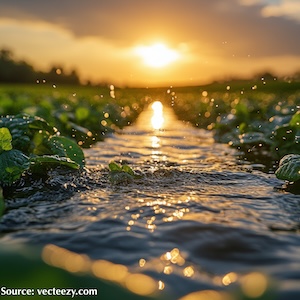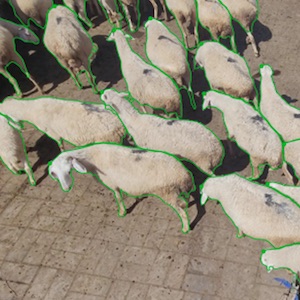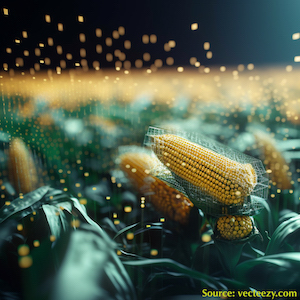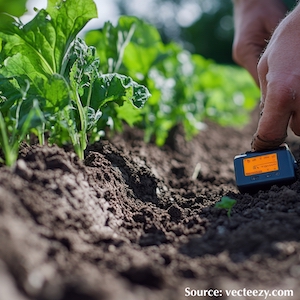Portable solar-powered irrigation control station into a container for sustainable agriculture

All claims expressed in this article are solely those of the authors and do not necessarily represent those of their affiliated organizations, or those of the publisher, the editors and the reviewers. Any product that may be evaluated in this article or claim that may be made by its manufacturer is not guaranteed or endorsed by the publisher.
Authors
This study explores the design and adaptation of a shipping container into a portable irrigation control station for agricultural operations. The project leverages the structural durability and mobility of containers to offer a versatile and sustainable solution for irrigation management. By integrating irrigation equipment, control systems, and energy storage, this unit provides an efficient and cost-effective alternative to traditional irrigation stations. A key advantage of this innovation is its mobility, allowing the container to be easily relocated between farms using a crane truck. This feature optimizes its use in seasonal crop rotations and in agricultural operations spread across different locations. The system operates autonomously, harnessing photovoltaic solar energy stored in batteries, thereby eliminating reliance on fossil fuels and significantly reducing the environmental impact of agricultural irrigation. The system was designed to irrigate 4 hectares, with a pump flow rate of 26 L/s, a total power load of 3.47 kW, and the capacity to supply a crop area of up to 4 ha under typical operating conditions. Beyond its operational efficiency, the study emphasizes the environmental benefits of repurposing shipping containers, contributing to waste reduction and mitigating ecological degradation. This approach aligns with sustainability principles in agriculture, promoting the responsible and efficient use of water and energy resources in decentralized irrigation systems.
How to Cite

This work is licensed under a Creative Commons Attribution-NonCommercial 4.0 International License.









